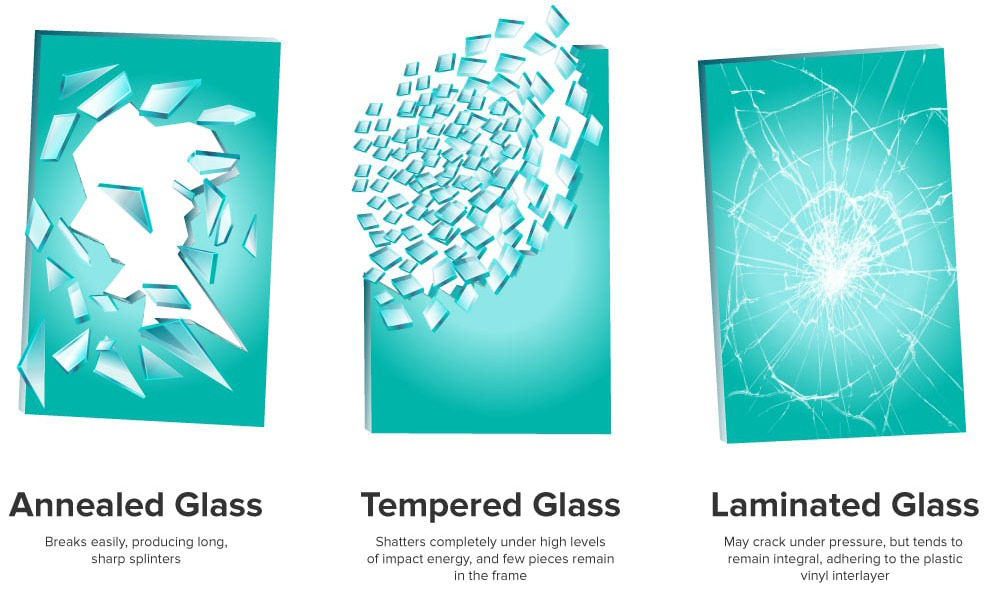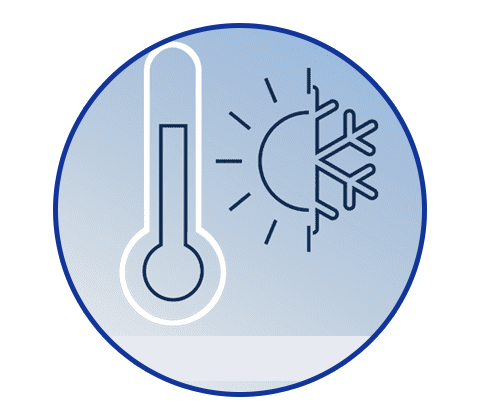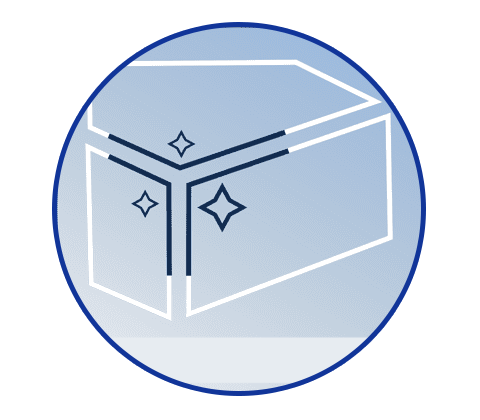Toughened glass
Toughened glass is a type of safety glass that can be known as tempered glass. This glass is one of the widely used glass in office, home and other buildings. What’s unique about this glass is that it is made to increase the strength and toughness of a normal glass.
The normal glass undergoes tension and compression which then breaks down the glass into pieces and cause potential injuries. Toughened safety glass is different because they are constructed to ensure safety and durability. Products like over doors, car windscreens, glass doors and glass partitions are manufactured with toughened glass.
How Toughened Glass is Made?
This type of glass is made by undergoing in the process of heat treatment (thermal tempering) and chemicals to upgrade its strength. Then, the glass is set through a furnace and heated to around 650°C. This puts the inner surface of the glass into tension (glass remains hot internally) while the outer surface experience compression (outer surface is rapidly cooled). As a result, the glass becomes stronger and can withstand intense pressure than the annealed glass.

The normal glass undergoes tension and compression which then breaks down the glass into pieces and cause potential injuries. Toughened safety glass is different because they are constructed to ensure safety and durability. Products like over doors, car windscreens, glass doors and glass partitions are manufactured with toughened glass.
The Advantages of Toughened Glass
Compared to regular annealed glass, the toughened glass is up to four to five times stronger and is able to withstand at least 10,000lbs psi of surface compression. What’s different about tempered glass is when it breaks, it doesn’t splinter into dangerous and sharp shards but rather crumbles into uniform pebbles. This characteristic makes the toughened glass a reliable material when safety is concerned.
TBy applying this glass to your workplace interiors, not only it is less likely to break, but also guarantee you a safe environment. This makes the tempered glass best suitable for public buildings, homes, and industrial facilities.
It is easy to clean when it breaks for you don’t have to worry about the sharp pieces that can injure anyone. You’ll just sweep it and put on the garbage bag. In addition, due to its resistance to thermal breakage, it is ideal to use as oven doors, laboratory equipment or cookware because of its capacity to withstand a direct flame.
Advantages

Protection against injury from breaking glass
In order to prevent such danger Kristian Neiko proposes 2 types of solutions:
- laminated safety glass, which thanks to its construction remains in its frame or bolted elements after the impact of a blow or smashing
- hardened glass ESG, which after being hit breaks into small particles of blunt edges
All toughened glass units on offer fulfil the norms of PN-EN 12600 specifications.

Resistant to thermal shock
Glass is naturally fragile. Thanks to the hardening process, the internal stresses within its structure change, which results in an increase in its bending strength. This characteristic makes hardened glass particularly suitable for use in highly sensitive places, with a high risk of being broken or exposed to high insolation – which means a big increase of internal thermal stresses.
Directional hardering
An inseparable component of the toughening process is the so-called glass waviness. Kristian Neiko informs all customers that this effect can occur, in order to be fair in service. The waviness effect is of particular importance if glass panes are assembled in building facades, especially with big glazed surfaces.
It is visualised by a distortion of the view reflected in the facade. To decrease the distortion effect of a reflected picture, it is suggested that directional toughening is made. It means that e.g. in the case of toughening along the height, waviness will occur perpendicularly to this dimension.
Heat strengthened glass
Heat strengthened glass differs from the toughened glass by the kind of breaking netting, which occurs during glass panel damage. Due to its breaking characteristic, the panel assembled in the frame stays there after the damage, which protects against injury.
Thanks to this feature, TVG is starting to become interesting as an alternative for toughened. However, heat strengthened glass is not counted among the types of safety glass.
| Glass thickness [mm] [mm] T-Thermofloat |
Minimum dimensions [mm] |
Maximum dimensions [mm] |
| 4 - 19 | 200×250 | 2500×4600 |
Heat Soak Test
The manufacturing process of float glass is done by the smelting of separate ingredients. Molten glass is poured out in special baths, and then formed to the required thickness in a floating process on the surface of melted tin, where it cools down. There exists a risk during this process that inclusions of nickel sulfide will occur. This phenomenon causes an increase of internal stress in the hardened glass, which could finally lead to self-breaking.
Even though this phenomenon occurs extremely rarely, one must allow for this possibility. It is suggested that the toughened glass is put under pre-heating process, during which the glass panes which have pollution content are eliminated from the shipment. Kristian Neiko Company offers the possibility of carrying out an extra glass check by means of the Heat Soak Test method.
Glass Treatments

Depending on the customer’s request, before starting the toughening process, the glass must undergo the machining process i.e. cutting, drilling, grinding or grinding and polishing together. Safety glass which is tempered, undergoes checking according to the standard EN 12150- 1. Hardened safety glass produced by Kristian Neiko can not undergo further machining.
All requirements have to be presented together with the order for tempered glass. If there is no additional description all hardened glass panes up to 8mm in thickness are produced by Kristian Neiko with blunt edges (it is included in the price). Glass panes which are thicker than 8 mm have matt grinded edges (grinding is not included in the price and should be added to the price of tempered glass).
